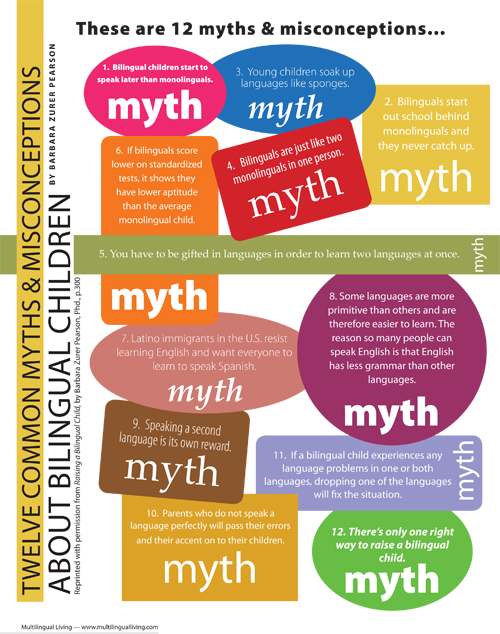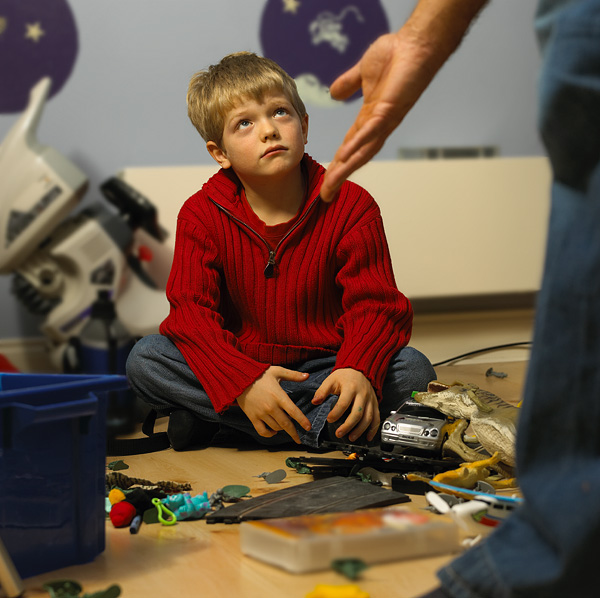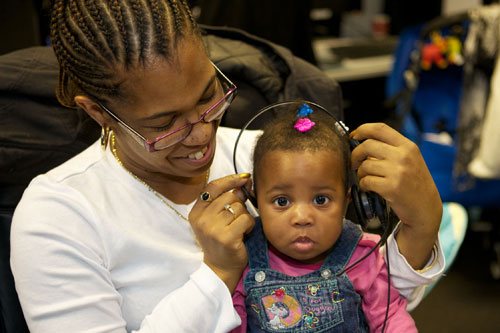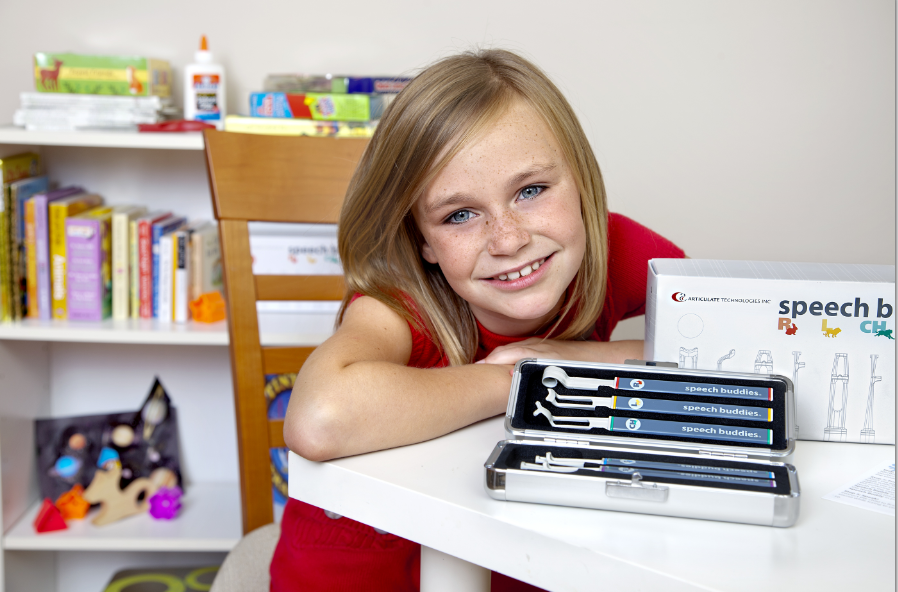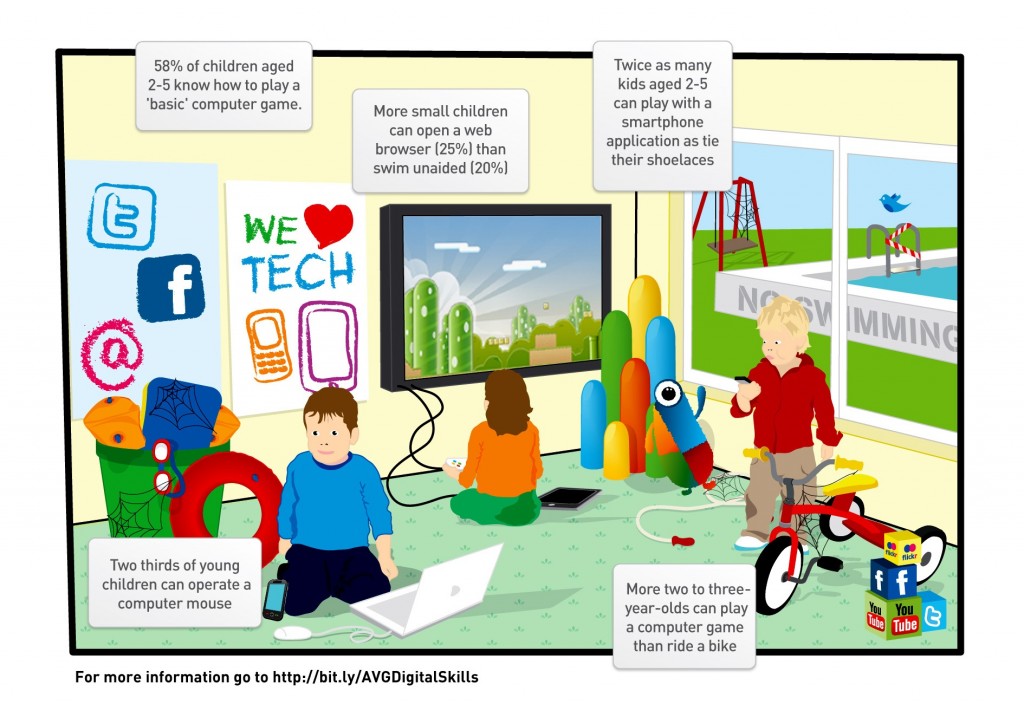For years I worked in a library and every New Year’s, I would see a gaggle of people flocking to the fitness DVDs to get started on their weight loss resolutions. Did you know there are “Candlelight Yoga” and “Sit and Get Fit” DVDs? Sound too good to be true? Well a scientific study was just released that suggests that sitting has more benefits than you might think – for infants anyway, definitely not for us. In fact, infants who sit sooner and sit often may have increased cognitive abilities, which may suggest that their early language development also benefits. So if you can encourage your little one to pull himself up into a sitting position, it may (possibly) reduce the chance that he’ll need speech therapy activities later in life. At the very least, he can get a little extra boost up in life – literally.
Got a Hyperactive Youngster? Try These Speech Therapy Activities for Kids On the Move!
Speech Therapy TechniquesMany at-home speech therapy activities and techniques, such as Speech Buddies, can often be squeezed into a few minutes here and there before bedtime, while making dinner, etc. In many cases, simply knowing how to talk to your speech disordered child can make a huge difference. But did you know that you can also customize your child’s favorite sport to turn it into a fun speech therapy session?
Build Your Child’s Vocabulary! Top Speech Therapy Activities
Speech Therapy TechniquesSpeech therapy activities often work to improve a child’s understanding of language. If you’ve read our recent posts on boosting expressive language and receptive language skills in children, you’ve probably already realized that vocabulary has a lot to do with those crucial areas. After all, how can your youngster follow your direction to “Stop aggravating your sister, Billy!” when he does not yet understand the word “aggravating”? Before jumping to the conclusion that your tiny tot is in a rebellious stage and is purposefully trying not to follow directions, consider whether he understands the vocab you’re using.
Building a child’s vocabulary probably sounds like a tedious task. But you can banish those images in your head of long hours spent doing flashcard drills (unless, of course, your youngster actually – gasp! – enjoys doing flashcards). Building your kidlet’s vocab can – and should – be fun! There are countless games you can play that helps strengthen vocab skills, and I’ve listed a few of them in this post to get you started. As always, it’s important to collaborate with your child’s speech-language pathologist (SLP). She can point you in the right direction for speech therapy activities that suit your child’s needs.
At-Home Speech Therapy for Expressive Language Skills
Speech Therapy TechniquesSpeech therapists have countless tricks up their sleeves, along with at-home speech therapy techniques they can teach to parents. One of the many facets of language that a speech therapist can teach your child is expressive language skills. If your child has an expressive language disorder, it means that he has difficulty using language to communicate, or in other words, expressing himself. Your child might have limited speech or he might be entirely nonverbal. Communication difficulties can be extremely frustrating for your child. He might know what he wishes to say, but cannot verbalize it.
Sometimes, speech and language impairments can encourage the frequency of temper tantrums and similar behavioral problems because the child is so frustrated from being unable to make his wishes known. If your child has difficulty speaking, a speech-language pathologist (SLP) can help. To accelerate your child’s progress, talk to the SLP about at-home speech therapy techniques to use at home.
TMJ Treatment and Coping Tips: How Speech Therapy Can Help
Speech Therapy TechniquesSpeech therapists are like Jacks of all trades. They can help children with autism learn to make conversation, children with lisps learn to speak clearly, and yes, they even have speech therapy techniques for TMJ treatment (temporomandibular joint disorder is actually TMD, but it’s more commonly referred to as TMJ).
TMJ is a condition that involves the muscles, nerves, and joints of the jaw. For the uninitiated, TMJ goes beyond simple jaw pain. When I first developed TMJ, I went to the urgent care clinic, convinced that I had tetanus because I couldn’t open my jaw wide enough to speak or eat. I had to use an augmentative and alternative communication (AAC) device to communicate with the intake nurse (in this case, a piece of paper and pen). Aside from the inconvenience, it was pretty darn painful. If your child is diagnosed with TMJ, don’t take the “wait and see” approach, because it tends to get progressively worse. A doctor can prescribe pain medication and muscle relaxers for TMJ treatment, and she may also recommend that you take your child to a speech-language pathologist (SLP).
Raising a Bilingual Child with At-Home Speech Therapy
Speech Therapy TechniquesIf you’ve been following our blog recently, you’ve probably noticed that we’re emphasizing at-home speech therapy techniques. This is because having your child practice his speech and language at home as well as at his speech therapy sessions is so important for his success. Some of you might be thinking, “Well, that’s all well and good, but what if I’m raising my child to be bilingual? How do I even know if he has a speech or language issue?!?” Great questions! Hopefully this brief guide to raising a bilingual child can address some of your concerns.
At-Home Speech Therapy Techniques for Boosting Receptive Language Skills
Speech Therapy Techniques“Jonas, did you clean your room yet?” “What?” “Did you clean your room yet?” “Huh?”
Sound familiar? Kids often challenge a parent’s patience by not listening or “pretending” to forget what you tell them. But sometimes, a child’s inability to follow directions might be more than simple forgetfulness. He may have trouble with his receptive language skills. A speech-language pathologist (SLP) can use speech therapy techniques to help a child with a very broad range of issues, including receptive language disorders. A speech therapist can also determine whether the child does indeed have a speech disorder or whether he’s just a little behind schedule with his language development. (Check out this guide from ASHA on the difference between the two issues.) As well, work with the speech therapist to implement at-home speech therapy techniques to boost your child’s receptive language skills. Using these at-home speech therapy tips can encourage your child’s development, whether or not he has a speech disorder.
How to Use Telepractice for Speech Therapy
Speech Therapy TechniquesI have the dubious pleasure of living directly across from the major shopping center of my town. With the holidays right around the bend, I find myself thinking of excuses to avoid driving anywhere as much as possible. The traffic and hassle is simply not worth it. If you’re like me, the last thing you need is another soccer practice, piano lesson, or speech therapy session to drive your child to. Enter telepractice! Telepractice is a method of delivering services, like speech therapy, to a client via Web cam or similar device. (Speech Buddies also offers an online component via the Speech Buddies University.) For more on speech therapy telepractice, check out our previous posts or head over to the website of the American Speech-Language-Hearing Association (ASHA) for their articles on telepractice. And then kick off your painful shoes, put your feet on the Ottoman, and enjoy taking a break from the commute.
What is Speech Therapy and How Do I Use At-Home Speech Therapy?
Speech Therapy TechniquesToday, we’re continuing our introductory series to speech therapy. Our third post in the series addresses at-home speech therapy techniques. As a parent, it’s hard to watch your child struggle with anything. But you can accelerate his progress and (ideally) lessen the amount of time that he’ll need speech therapy by using at-home speech therapy techniques. These techniques will likely consist of games and activities that are tailored to your child’s specific needs. It’s also important to model correct patterns of speech for your child (kids are great imitators). Talk to your child’s speech therapist about the best at-home speech therapy techniques for your child’s speech and language issues, and head over to Speech Buddies University for more at-home exercises.
Online Speech Therapy with Speech Buddies
Speech Therapy TechniquesHave you ever gotten the feeling that, in order for your child to really listen to you, you’d have to say it with a text message or post it on his Facebook page? Kids these days are constantly buried in their electronic devices. I was once tempted to record a YouTube video to ask my teenage stepson to clean his room. I never actually did it, but it probably would have gotten his attention. The point is, kids love computers and gadgets. So why not move speech therapy into the digital age and try online speech therapy with Speech Buddies University? It’s easy to use, it’ll keep your kidlet engaged in the lesson plan, and (drumroll, please) it’s free!






